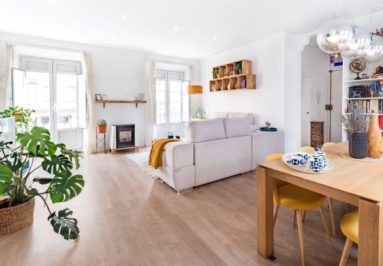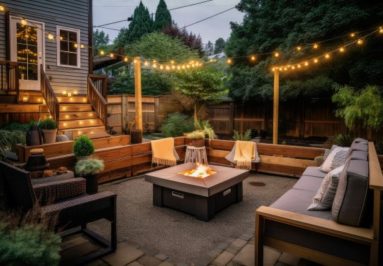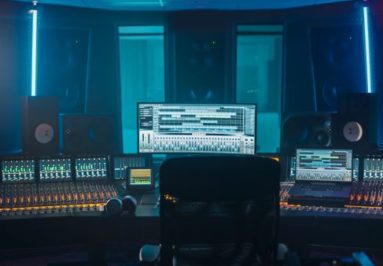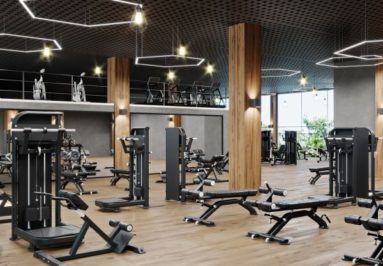Having a home office can be a great asset, particularly if you work remote or if you like to get some extra work done at home. However, if it’s too loud to focus, you can end up wasting valuable time worrying about the noise! These simple products and methods can help you soundproof your home office and transform it into a more productive space.
Soundproofing the Door of Your Home Office
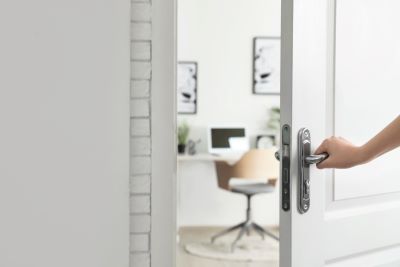
Soundproofing the doors of your home office can be an effective solution. Try installing a door sweep to help block the noise traveling through the gap between the floor and the door. You can also place Door seals around the perimeter of your door. The door seals help reduce the noise coming through the gaps and cracks around your door threshold. These two options are easy and cost-effective ways to keep noise down and out of your workspace.
If your budget can afford it, also consider upgrading your door to a solid-core panel, that will actually improve the STC (Sound Transmission Class) of the assembly. This may cost several hundred dollars, but there is not substitute for replacing the door when you’re working with a flimsy, hollow-core model!
Soundproofing Curtains for a Quiet Home Office
If outside noise is the issue, soundproofing the windows can help solve your problems. A lot of noise can enter a room through the windows, but a soundproofing curtain such as the AcousticCurtain™ can combat this. This curtain helps soundproof your office by reflecting sound away from your space, back toward the source.
Soundproofing curtains range in effectiveness, from simply “heavy drapes” (with STCs of 3-5 points) to heavy-duty, MLV-based sound-blocking curtains that achieve STC 26+. Remember that velour or velvet curtains can help reduce echo in a room, but should NOT be used to block incoming sound.
Also, if you have the budget, consider installing a double-pane or triple-pane STC rated window. While more expensive than other office soundproofing solutions, they can be very effective at reducing loud exterior noise.
Soundproof Home Office Walls with MLV-Based Acoustical Wallpaper
Sound from other rooms and outside can often enter unwanted spaces through “thin” walls. With no demolition costs or messy construction, acoustical wallpaper can turn those thin walls into sound suppressing structures. OverWall Noise Blokker is an acoustical wallpaper that can be primed and painted over while reducing sound by up to 75%.
You may also consider installing a Mass Loaded Vinyl soundproofing barrier. These are traditionally installed on the studs behind the drywall, or can be installed over existing drywall then covered with another layer of drywall. This option is typically more effective than just the layer of MLV without an additional layer of drywall when it comes to soundproofing walls.
White Noise Machines Provide Speech Privacy in Offices
Sound masking is an effective way for some people to drown out noise disturbances in order to be more focused. Constant, low-volume white noise can be relaxing and reduce the impact of other noise in the space. This white noise machine has 10 tone options to fit your personal preference, and can also be used to play music. It’s also portable, so when you’re done working for the day, you can easily bring it into another room with you.
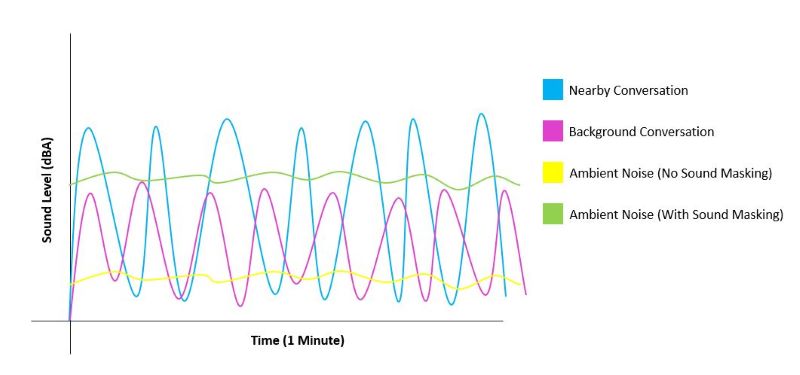
White noise systems are often used in commercial offices settings, but work just as well in a home office setting. By raising the ambient background noise level, white noise makes distracting noises much less noticeable. Another great feature of white noise is that it can also prevent others from hearing exactly what’s going on inside of your office, which can be helpful if you don’t need your spouse or kids overhearing important work conversations.
How to Soundproof a Home Office

When considering the best methods for soundproofing your home office, always consider the source of the noise (traffic, kids, air conditioners, etc.) and how its most easily reaching you (through the door, window, walls). Right-size your soundproofing solution using our rules of thumb, and you’ll have a quieter home office in no time.
MORE: See How to Soundproof a Classroom or Learning Space
By following these simple steps, you should be able to finally focus on your work in a home office without any distractions:
- Soundproof the doors and windows to your home office to prevent outside noise from distracting you, or interrupting important video conferences
- Soundproof the walls to your home office if you live in an especially loud house, and prevent these disturbances from distracting you from important tasks
- Use a white noise machine, or any other type of sound machine, to mask any disturbing noises and to stop your house mates from overhearing your important meetings


